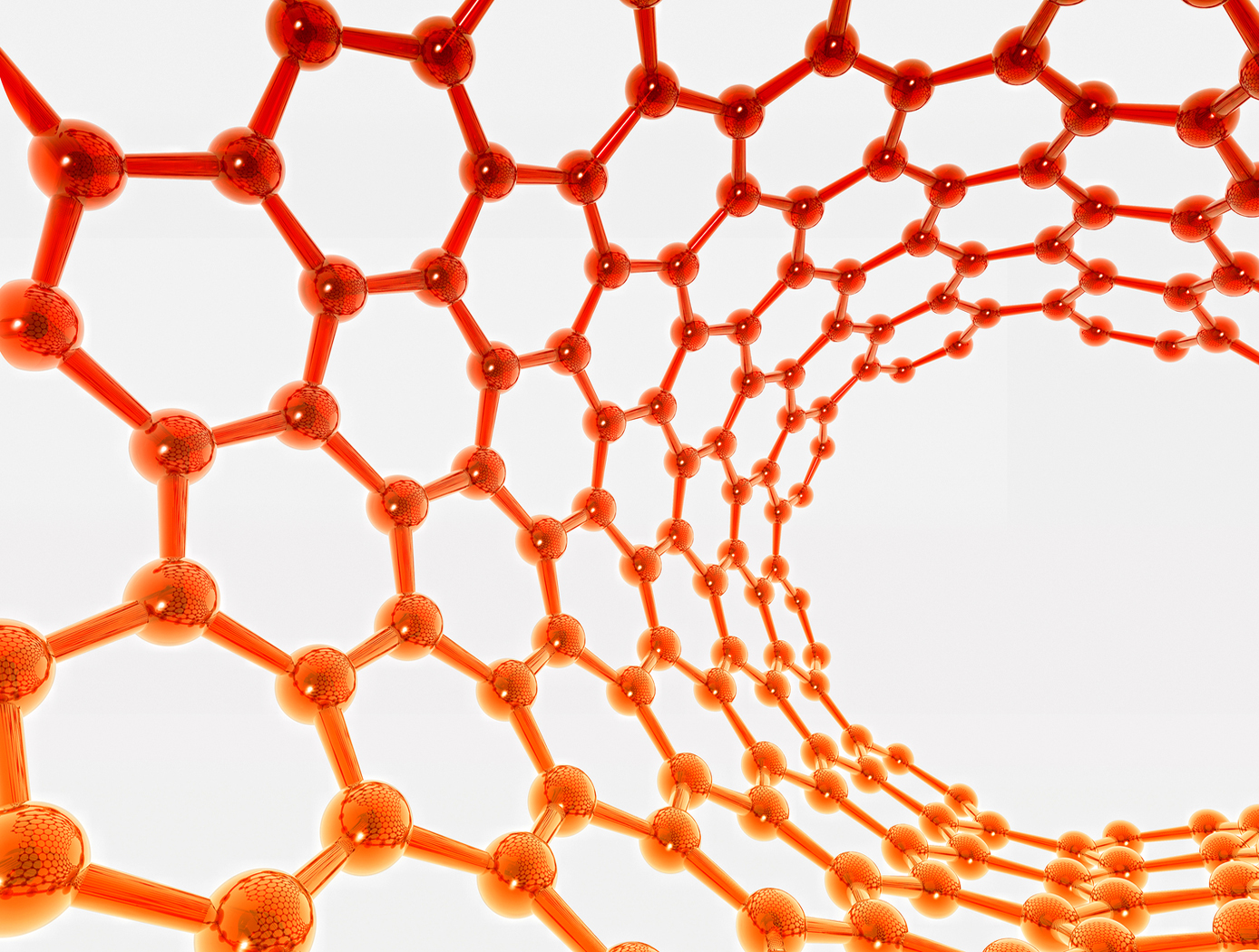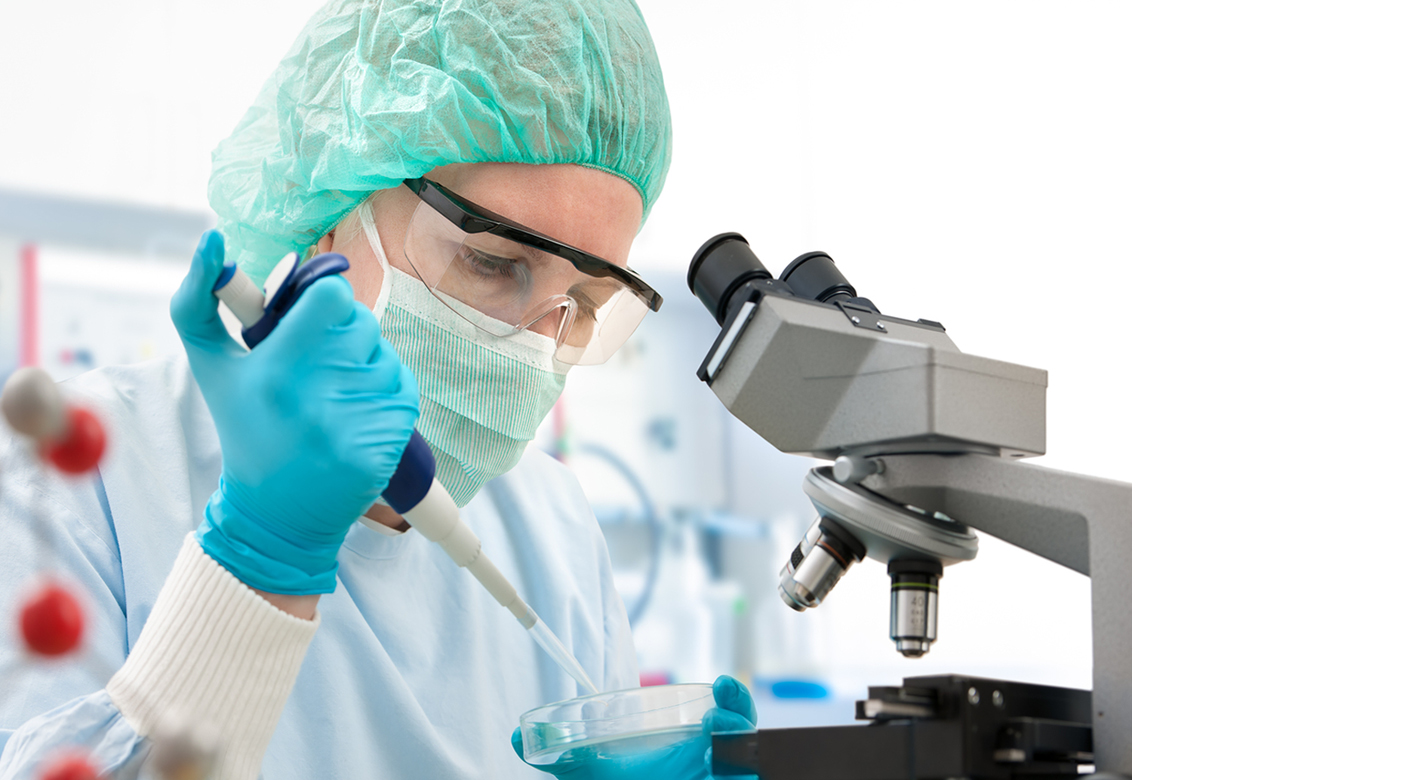Dielectrophoresis-Based Particle Sensor Using Nanoelectrode Arrays
sensors
Dielectrophoresis-Based Particle Sensor Using Nanoelectrode Arrays (TOP2-182)
Using dielectrophoresis (DEP) effects in a non-uniform, non-constant electrical field
Overview
NASA has developed a technology that uses nanostructure electrode arrays and non-constant electrical fields to sense the presence of a selected species particle. Sample preparation is one of the key functions in detection of biologically important organisms. It involves controlled separation, concentration, and/or manipulation of desired particles from a matrix of interferents. This new technology uses dielectrophoresis (DEP) effects in a non-uniform, non-constant electrical field, produced by an array of spaced-apart nanostructures (NSs) located on a substrate surface, to control particle separation. The object of the invention is to promote an accumulation/ concentration of the selected particles (e.g., biological species, such as E.Coli, salmonella, and anthrax , and non-biological materials, such as nano-and micro-particles, quantum dots, nanowires, nanotubes, and other inorganic particles) adjacent to the substrate. It also provides a sensor that detects presence of a selected species particle in the channel liquid or fluid.
The Technology
A time-varying electrical field E, having a root-mean-square intensity of 2rms, with a non-zero gradient in a direction transverse to the liquid or fluid flow direction, is produced by a nanostructure electrode array with a very high magnitude gradient near exposed electrode tips. A dielectrophoretic force causes the selected particles to accumulate near the electrode tips, if the medium and selected particles have substantially different dielectric constants. An insulating material surrounds most of the nanostructure electrodes, and a region of the insulating material surface is functionalized to promote attachment of the selected particle species to the surface. An electrical property value Z(meas) is measured at the functionalized surface, and is compared with a reference value Z(ref) to determine if the selected species particles are attached to the functionalized surface. An advantage of this innovation is that an array of nanostructure electrodes can provide an electric field intensity gradient that is one or more orders of magnitude greater than the corresponding gradient provided by a conventional microelectrode arrangement. As a result of the high magnitude field intensity gradients, a nanostructure concentrator can trap particles from high-speed microfluidic flows. This is critical for applications where the entire analysis must be performed in a few minutes.


Benefits
- Detection of multiple species
- Use for organic or inorganic species
- Low voltage operation
- Small size Lab-on-a-chip
- Good selectivity
- Does not require electrically charged species
- Usable for high speed microfluidic flows
- Provides greater electric field intensity gradient.
- Analysis automation
- Real time monitoring
Applications
- Medicine
- Nanotechnology
- Biomedicine
- Analytical instruments
- Research and chemistry laboratories
- Environmental monitoring
Similar Results

Electrochemical Sensors Based on Enzyme-Linked Immunosorbent Assay
NASA’s electrochemical Enzyme-Linked Immunosorbent Assay (ELISA) microelectrode array biosensor advantageously incorporates a microbead detection construct, coupled with a magnetic immobilization construct, which substantially increases the signal sensitivity of a sensor. The magnetic immobilization construct draws the microbead detection construct to an electrode detection surface, enhancing signal sensitivity. By concentrating the signaling molecules close to the electrode detection surface, electrochemical redox cycling is achieved by reducing the distance between the two, allowing for regeneration of reporter molecules.
Whereas a traditional ELISA testing exhibits five to ten signaling molecules per probe molecule binding event, the present electrochemical ELISA-based biosensor testing exhibits up to 4,857 signaling molecules per probe molecule binding event. The model bead construct exhibits a more than 6.75-fold in increased measured signal, and more than 35.7-fold improvement in signal sensitivity. When compared to traditional optical ELISA, the present invention improves the limit of detection by up to a factor of 60.5.
NASA’s electromagnetic ELISA-based biosensor can be used for the detection of SARS-CoV-2 virus to enhance Covid-19 testing during the early phases of infection. The technology may also be modified to detect other biomarkers.

Miniaturized Electrospray System
NASA's miniaturized electrosprayer offers a new technology that may support the next generation of portable and/or of precise electrosprayers. Developed for applying water to plants in space where gravimetric methods do not apply, this sprayer may also enable the delivery of a precise liquid for terrestrial uses without relying on pressurized air.
Electrospraying (aka electrostatic spraying) is a technique where droplets are charged to enhance surface adhesion and coverage efficiency. Various electrospray variants are used in a host of industries to coat auto parts, apply pesticides and nutrients to crops, and more. Commercially-available electrosprayers are generally large, air-assisted devices that traverse up to 20 feet in the air and require large amounts of liquid and electrical power.
NASA's miniaturized electrosprayer system does not require compressed air, uses far less liquid, and concentrates the mist in an area less than 2 feet away. The system only needs enough power to charge the droplets at the spray nozzle, so it may use small batteries (e.g., AAA batteries). The new electrosprayer implements a unique nozzle design that imparts a high charge-to-mass ratio on the spray and increases coverage efficiency. Thus, the miniaturized electrosprayer can be placed inside a portable, handheld sprayer or be used as a stationary device for a wide range of uses, particularly when spraying expensive chemicals (e.g., plant nutrients) and when precise, efficient spraying is required (e.g., industrial coatings, disinfectants, etc.).

Electric Field Imaging System
The EFI imaging platform consists of a sensor array, processing equipment, and an output device. By registering voltage differences at multiple points within the sensor array, the EFI system can calculate the electrical potential at points removed from the sensor. Using techniques similar to computed tomography, the electrical potential data can be assembled into a three-dimension map of the magnitude and direction of electric fields. Since objects interact with electric fields differently based on their shape and dielectric properties, this electric field data can then be used to understand shape,
internal structure, and dielectric properties (e.g., impedance, resistance) of objects in three dimensions.
The EFI sensor can be used on its own to see electric fields or image electric fieldemitting objects near the sensor (e.g., to evaluate leakage from poorly shielded wires or casings). For evaluation of objects that do not produce an electric field, NASA has developed generator that emits a low-current, human-safe electrostatic field for snapshot evaluation of objects. Additionally, an alternative EFI system optimized to evaluate electric fields at significant distances (greater than 1 mile) is being developed for weather-related applications.

Biomarker Sensor Arrays for Microfluidics Applications
This invention provides a method and system for fabricating a biomarker sensor array by dispensing one or more entities using a precisely positioned, electrically biased nanoprobe immersed in a buffered fluid over a transparent substrate. Fine patterning of the substrate can be achieved by positioning and selectively biasing the probe in a particular region, changing the pH in a sharp, localized volume of fluid less than 100 nm in diameter, resulting in a selective processing of that region. One example of the implementation of this technique is related to Dip-Pen Nanolithography (DPN), where an Atomic Force Microscope probe can be used as a pen to write protein and DNA Aptamer inks on a transparent substrate functionalized with silane-based self-assembled monolayers. But it would be recognized that the invention has a much broader range of applicability. For example, the invention can be applied to formation of patterns using biological materials, chemical materials, metals, polymers, semiconductors, small molecules, organic and inorganic thins films, or any combination of these.

Inexpensive Microsensor Fabrication Process
Because chemical sensors are used in many aspects of space missions, NASA researchers are continually developing ever smaller and more robust sensors that can be manufactured inexpensively and in high quantities; e.g., in batches. Glenn has developed a way to inexpensively fabricate microsensors using a sacrificial template approach. A nanostructure, such as a carbon nanotube, serves as a template, which can then be coated with a high-temperature oxide material. The carbon nanotube can be burned off, or sacrificed, leaving only the metal oxide. The resulting structure provides the unique morphology and properties of the carbon nanotube, which are advantageous for sensing, along with the material durability and high-temperature sensing capabilities of the metal oxide. This technique increases the surface area available for sensing because both the interior and exterior of the resulting microsensor can be used for gas detection, significantly increasing performance.
The fabrication of these microsensors includes three major steps: (1) synthesis of the porous metal or metal oxide nanostructures using a sacrificial template, (2) deposition of the electrodes onto alumina substrates, and (3) alignment of the nanostructures between the electrodes. The invention has been demonstrated for methane detection at room temperature (using tin oxide, with carbon nanotubes as the sacrificial template). The microsensor offers low power consumption (no heating required), compact size, extremely low cost, and simple batch-fabrication.



